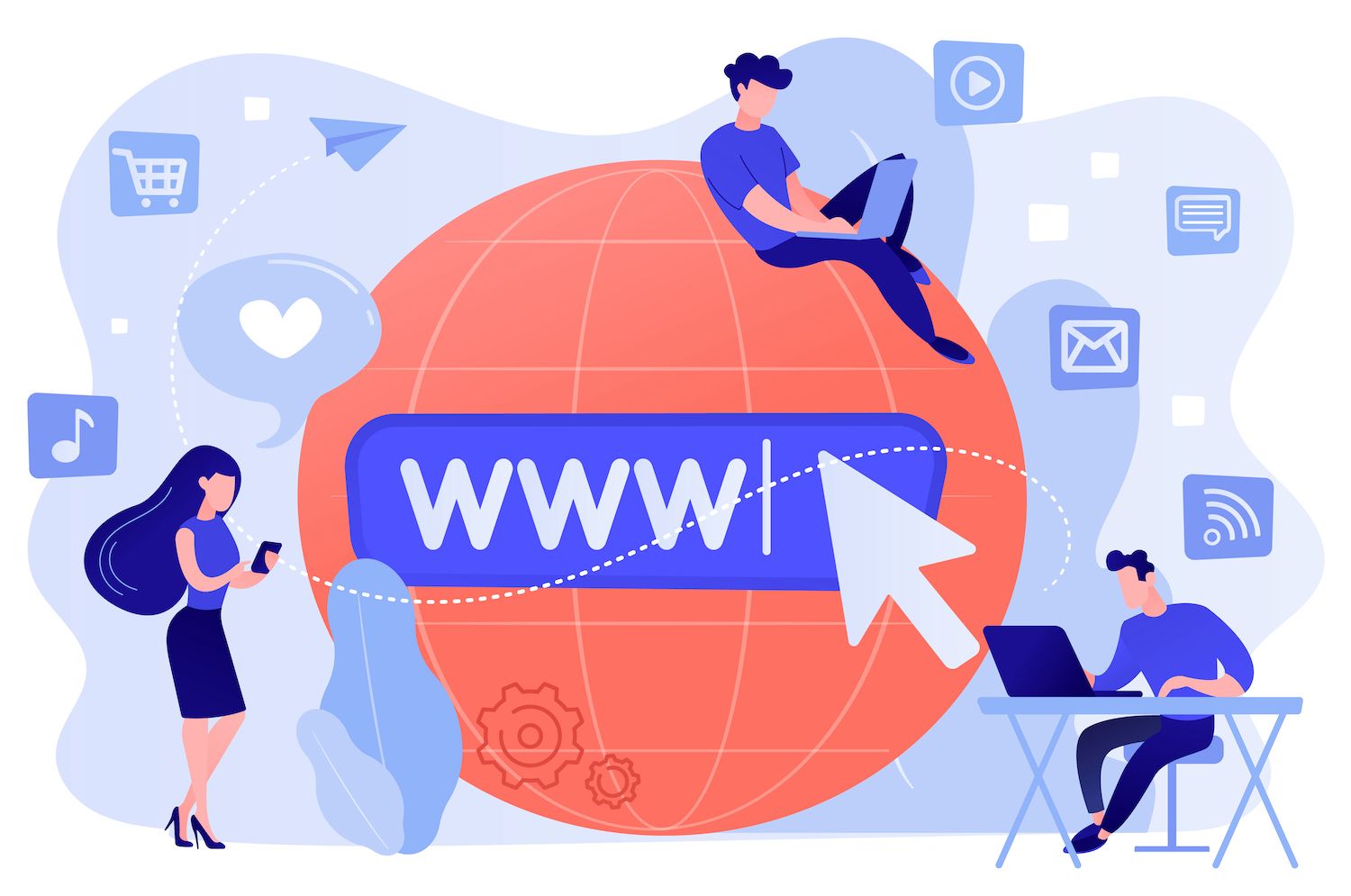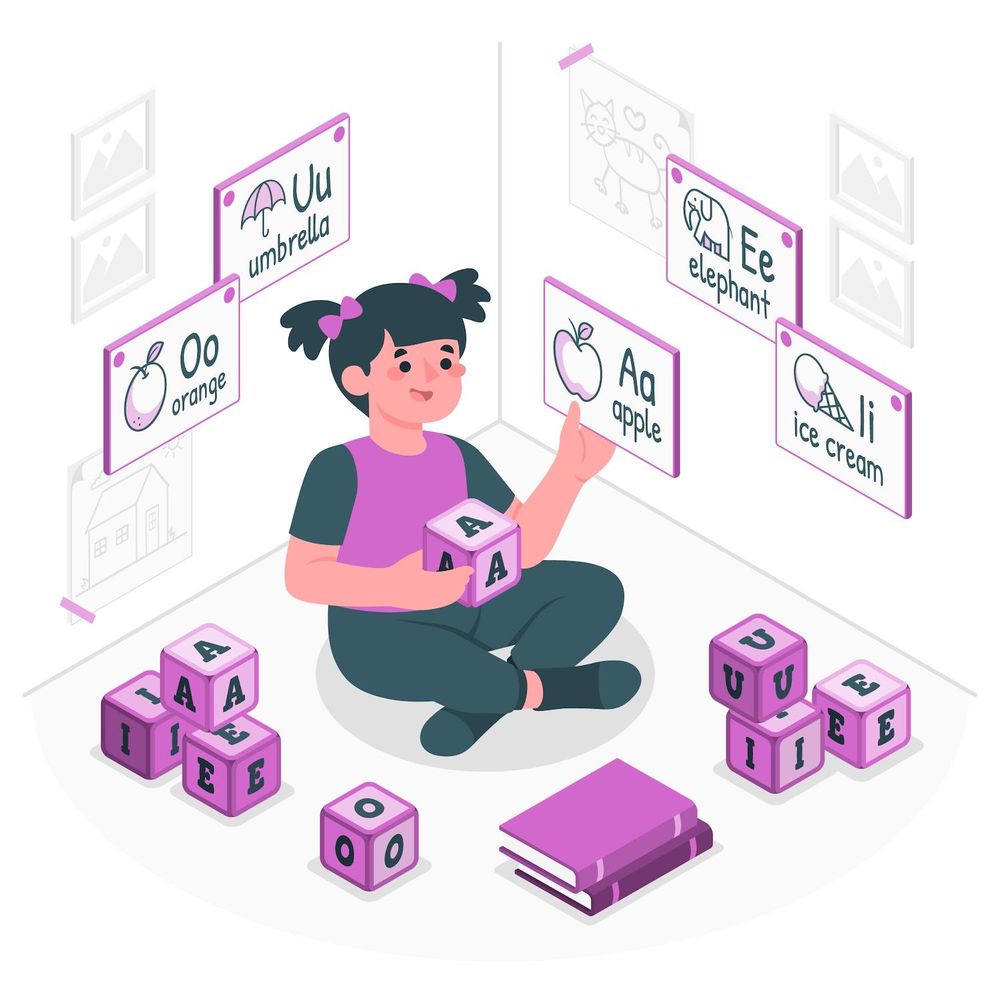Tips to have better pricing Conversations -
In price negotiations, how do you convince someone that your pricing is right?
Some would say just tell them what you think your product does better than the alternatives...
Unfortunately, that can only take you so far.
Here are two ways to improve the quality of your pricing calls in an environment that is B2B, where there are both Sales Development Representatives (SDR) as well as Account Executives (AE) are involved in the sales cycle. We'll get right to it...
Value Coaching
Negotiations on pricing are likely to be unsuccessful if there's an inordinate amount of difference between what you and your prospects think is worth their time. Although it's tempting (and frankly more scalable) to regurgitate the company-wide value propositions and talking points, it's likely to leave a disconnect between you and your prospective customer. Sometimes it's simply semantics but it's important to understand your prospect's business. It is then possible to frame your product or service around what's valuable to the business of your prospect.
This is the process I consider value coaching. This is a complex concept, but begins with understanding and listening instead of talking. There are two common ways to start understanding what potential customers think of as valuable:
1) Effective discovery through a continual dialog.
Try asking your prospect these the following questions:
- You mentioned your sales team uses (TOOL X). Which part of the solution is used most by your employees? How are you addressing this problem today? Do you use any tools and are you responsible for the issue?
Take a look at this quote by Scott Sambucci, Founder of SalesQualia:
"Price is a measure of customer perceived value. If customers aren't satisfied with price, they are telling you that you have not yet expressed the value necessary to justify your expenditure ."
Sales reps are often unable to comprehend the stack of their prospects and often quote too soon. The questions that probe how the prospect perceives the worth of their present stack can help you determine how your product is placed within it, and show that you have value to them.
Prior to entering pricing ensure that you know which similar tools to the ones the company uses. After that, you'll be able to shift your discovery around what they can bring them and address the area in between.
For example, your prospect could see value in the time they are using the product. They'll say their team uses HubSpot for five hours a day, which makes it an excellent business investment.
If your product doesn't have a feature that demands the user spend all day within it You must explain the user why your product has benefits even though they may not have to use it continuously.
If you decide to price too early, you risk them balking at the price. Discover what value they see in and then find ways to understand the business's challenges and ways they will see value (in other words, warm their hearts a little). The most effective answers to sales are yes or no. If there is more than one perception of worth, it's in both your and the prospect's most beneficial interest to pull away from the sale before committing excessive resources.
2) Utilize tools to provide you with insights on the way your audience interacts with your website.
Finding the right way to discover is a challenge because most potential customers are seeking out a demo or get to the cost point. There are tools and techniques that you can employ to gain insight into what interests your prospects.
- Uberflip: create personalized content experiences for your prospects. The analytics tool they provide gives you insight into which pieces of the content that your customers are consuming.
These two tactics will help you coach your prospects about value, rather than guessing what they want and selling the wrong product.
Single Option Alternative
The second suggestion for making effective price calls, is to leverage the psychological principle behind one-option aversion.
Behavioural researcher Daniel Mochon posits that consumers are more likely to purchase when they are presented with more than one option. Mochon conducted an experiment in which customers were shown two models of players for DVD. 32 percent said they'd buy the first one, and 34 percent selected the second. However, when participants were shown a single DVD player, only 10% of them or 10% (depending on which kind of product they saw) stated they would buy the product. That's an 66 percent increase in sales by simply adding a second choice for buyers.
Despite selling B2B SaaS, the mind approaches nearly every purchase decision this way.
I would argue this effect only increases in B2B SaaS environments.
We researched the leading SaaS companies and found that over 65% had a consumer-facing multi-tiered pricing page with a contact-us/enterprise tier without a price.
Most companies will ensure that people who fill out the "contact us' form that prospect's information is passed to an SDR to discover the information and later to an AE for further investigation, demo, as well as pricing. Prospects love auto-service solutions as they have the ability to choose an option that suits their needs and quickly purchase and implement the solution.
From the time they view your pricing page on your website to the pricing proposition, potential customers are empowered with choice and alternatives. However, at the end of the process, are given only one option and price to buy the solution.
I'd recommend replicating the self-serve purchase experience for prospective customers but keeping the price in the dark. This way you can frame your conversation as "These are a few different packages that suit our various customers, is there a particular tier or set of features/functionalities that resonates with your needs?"
You can then leverage the strength of's pricing guides to narrow in on the exact solution your prospect is looking for.
When you know where your interest lies through your initial discussion, you are able to create and cost out 3 custom ranges to suit their preferences. These come with the benefit of higher-level knowledge as well as the fundamentals of single-option aversion.
Interactive Quotes lets you create an entirely custom-designed guideline for each new prospect, ensuring they are met with a wide range of options regarding prices and other features.

You can also incorporate Drift directly in your price guides. Prospects can also ask questions while in the pricing guide instead of having to send you an email and lengthening the procedure. This allows you to modify the guide in a flash and brings you that much more close to closing the sale.
Closing up
Price calls can be a challenge and uneasy. To build trusting relationships with your customers, speed up your sales cycle and have more effective price calls
- Make your discovery process more akin to values coaching, not taking your prospect's perceptions as valuable
- Use single-option aversion and self-serve pricing strategies to benefit your business

